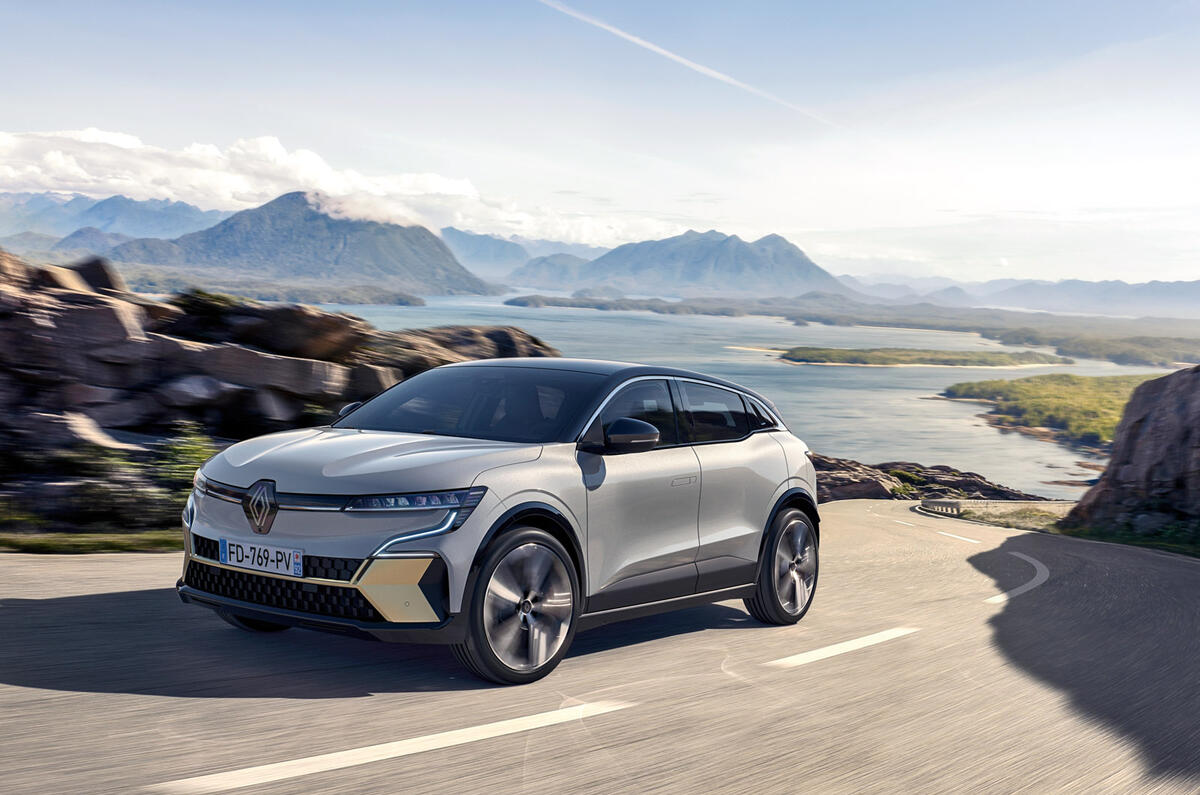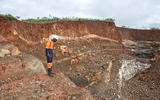The surging costs of raw materials for battery cells prompted a half-joking plea from Tesla CEO Elon Musk for investors to get into lithium mining and refining. “Do you like minting money? Well, the lithium business is for you,” he said on the company’s Q1 earnings call in April. “Lithium margins right now are practically software margins,” he went on, claiming purchase prices were 10 times those of extraction prices.
The rising cost of raw materials needed for batteries such as lithium and nickel has prompted cell suppliers to push up prices to car makers, which are then passing on costs to buyers.











Add your comment